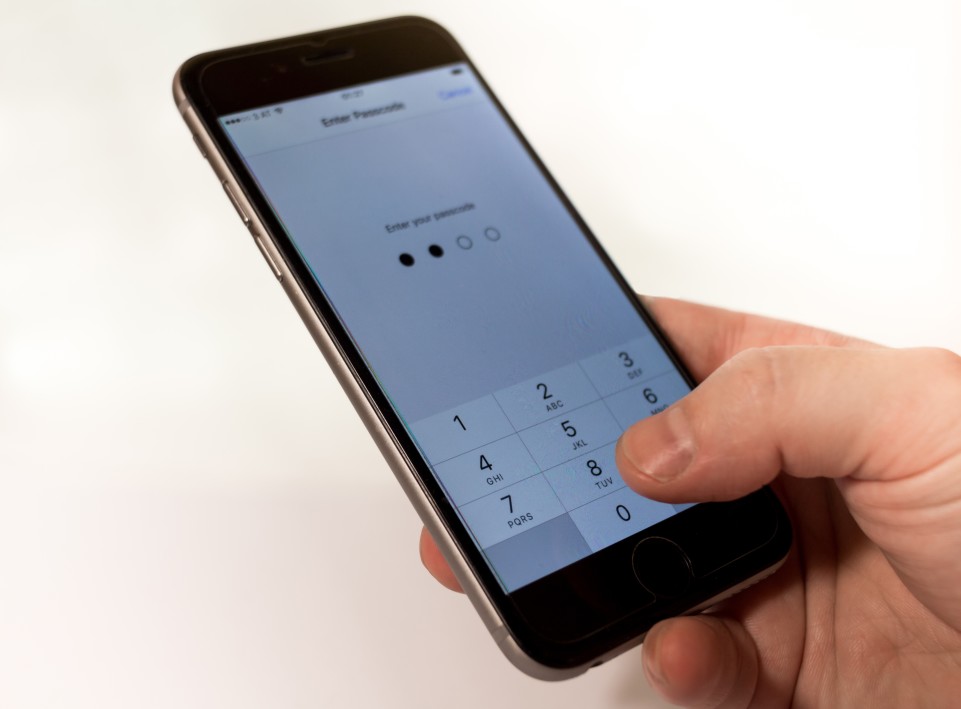
Top Characteristics of a Strong, Effective Password
A strong password is one of the most underrated techniques when it comes to cybersecurity. There’s plenty of software your organization can invest in, yes, but prioritizing effective passwords is a free way to keep your data safe from hackers.
The best passwords are ones that are hard for both humans and computers to guess. They’re complex, unique, and long.
Though passwords alone aren’t enough to protect your data, they’re a critical first step when it comes to cybercriminals being able to steal your information.
Here are our best tips when it comes to creating a strong, effective password.
Basic Characteristics
A strong password has a handful of essential characteristics:
- At least eight characters. The more characters your password has, the stronger it will be.
- A mix of uppercase and lowercase letters.
- A mix of letters and numbers.
- At least one special character, such as ! * $ # ? @.
You’ll want to incorporate as many of these characteristics as possible into your password.
Sometimes, specific platforms may have restrictions on passwords, including character count and the allowance of special characters. If this is the case, you’ll want to have as many of these strong characteristics as you can.
Worried about how to create such a strong password? Think about using a generating tool.
Weak Passwords
If you’re ready to prioritize strong passwords, you’ll want to look at your current passwords and see which ones need updating.
Weak passwords typically contain the following:
- Your names. You never want to use your name, company name, or family member names in your password. This information is easy for hackers to find online, making your password much easier to guess.
- Your phone number or address. Again, this kind of information is easy for cybercriminals to seek out online. You want your password to be as impersonal as possible.
- Common substitutions. For example, using @ for a, 3 for e, and $ for s. Strong passwords require more creativity than this.
- Any personal information. Your birthday, social security number, and any nicknames should never be used in your password.
- Repetitive characters. Avoid using something along the lines of 12345 or AAAAA.
Keeping Your Password Secure
Now that you know what to look for when creating a strong password, you’ll want to be sure to keep it as secure as possible. Here’s what you can do.
- Change it often. You should change your password once every few months.
- Use a unique password for each account. Avoid repeating any passwords, as if a hacker were to guess one, they’d then have access to a variety of your accounts.
- Don’t share it with anyone, not even a friend or partner. Relationships can change, and password privacy is essential for keeping your data secure no matter what happens.
- Avoid recycling passwords. If you’ve used a password before, try not to use it again. Even if it’s not being used on any of your current accounts, it’s always best to create something unique.
- Don’t write it down. That sticky note of yours could quickly end up in the wrong hands. Don’t write passwords down, especially in high-traffic areas.
Using Multi-Factor Authentication (MFA)
If your business wants to stay on top of its cybersecurity measures, multi-factor authentication (MFA) is a must-have for protecting your data.
Think of your password as an initial layer of protection for your accounts. But add in MFA, and you’ve got an additional layer of security to stop hackers in their tracks. It’s as if you have a standard lock as well as a thumbprint reader before someone can enter your home.
These layers of security are vital when it comes to keeping your information secure.
Not familiar with MFA? This authentication method requires users to prove their identity through multiple credentials before they can access an account.
Typically, a user must provide two or more pieces of evidence when it comes to MFA:
- Something they know, such as a PIN or the answer to a question
- Something they possess, such as a verification code sent to their device
- Something they are, such as their fingerprints or facial recognition
Once two, or all three, of these factors are confirmed, the user can then access the data or account they need.
We highly recommend using MFA along with your strong, effective passwords to stay safe from cyberattacks.
Using a Password Manager
If you’re worried about how to manage all of the unique passwords you’ll be using, now’s the time to invest in password management software.
Our top recommendation? LastPass. This secure password manager stores each of your usernames and passwords in a safe place.
When you use LastPass, you’ll no longer have to worry about remembering the dozens of passwords you need to use.
Read more about why LastPass is our favorite here.
Overall, creating a strong, effective password doesn’t take a lot of time and can be instrumental in keeping cybercriminals out of your accounts.
Still have questions when it comes to cybersecurity? That’s what we’re here for. Send us a message today!
[/et_pb_text][/et_pb_column][/et_pb_row][/et_pb_section]




